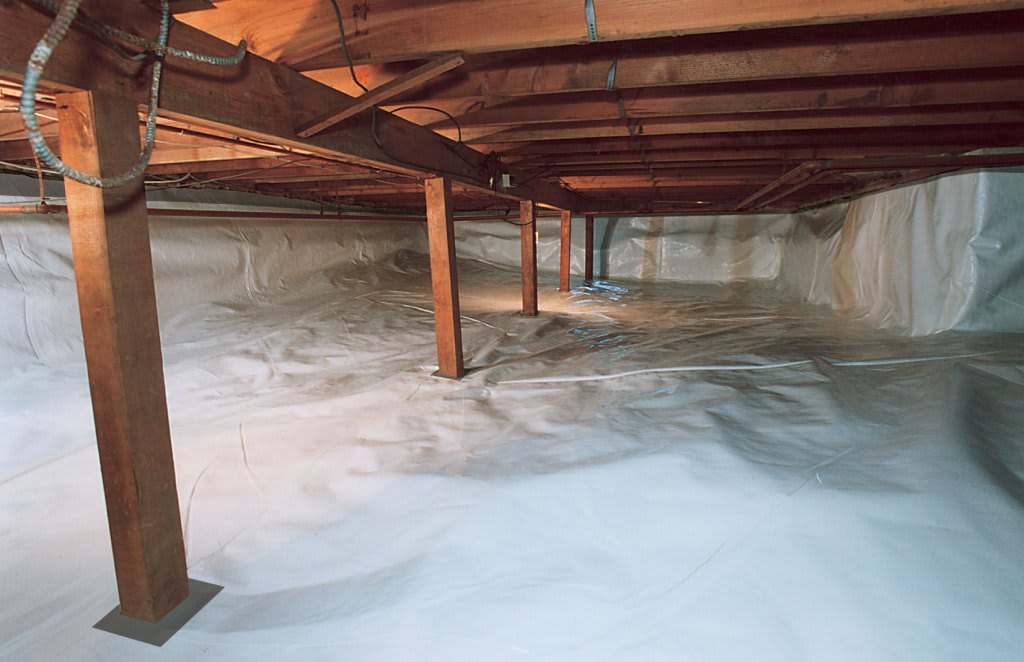With its heavy rainfall, snowmelt, and fluctuating temperatures, Toronto’s climate makes basement waterproofing a crucial aspect of home maintenance. A dry and well-protected basement not only preserves the structural integrity of your home but also ensures a safe and healthy living environment. Whether dealing with occasional dampness or persistent leaks, investing in basement waterproofing in Toronto is essential for every homeowner. This article explores the importance of basement waterproofing and provides an overview of the two primary methods: exterior and interior.
Why Basement Waterproofing is Essential
Basements are particularly vulnerable to water infiltration due to their below-ground location. Water can seep through cracks in the foundation, through porous concrete walls, or even up through the floor. Over time, even minor water intrusion can lead to significant problems, including:
1.Structural Damage: Water infiltration can weaken the foundation of your home, leading to cracks, shifting, and settling. This structural damage can compromise the stability of the entire building, resulting in costly repairs.
2.Mold and Mildew Growth: Dampness in the basement creates an ideal environment for mould and mildew to thrive. These fungi damage your belongings and pose health risks, including respiratory issues and allergies.
3.Decreased Property Value: A wet or damp basement can significantly reduce the value of your home. Potential buyers are often wary of water damage, making it harder to sell your property if the basement is not properly waterproofed.
4.Unusable Space: Basements are often used for storage or as additional living space. Water intrusion can render these areas unusable, reducing the functionality of your home.
Given these risks, basement waterproofing is a critical investment that protects your home and ensures a safe, dry environment.
Exterior Waterproofing
Exterior basement waterproofing is considered the most effective way to prevent water from entering your basement. This method focuses on creating a barrier around your home’s foundation to keep water out. Here’s how it works:
1.Excavation: Exterior waterproofing begins with excavating the soil around the perimeter of your home down to the foundation’s footing. This exposes the foundation walls, allowing for a thorough inspection and repair of any existing cracks or damage.
2.Application of Waterproof Membranes: Once the foundation is exposed, a waterproof membrane is applied to the exterior walls. These membranes, typically made of rubberized asphalt or other waterproof materials, create a protective barrier that prevents water from seeping through the walls.
3.Installation of Drainage Systems: To further protect your basement, exterior waterproofing often includes the installation of drainage systems such as French drains or weeping tiles. These systems collect and redirect water away from the foundation, reducing the risk of water infiltration.
4.Backfilling and Grading: The excavated soil is backfilled after the membrane and drainage systems are in place. The ground is then graded to ensure that water flows away from the foundation rather than pooling around it.
Benefits of Exterior Waterproofing:
• Long-Term Protection: Exterior waterproofing addresses water intrusion at its source, providing long-term protection against leaks and dampness.
• Comprehensive Solution: This method prevents water from entering the basement and reduces hydrostatic pressure on the foundation, which can help prevent cracks and structural damage.
• Increased Property Value: Homes with exterior waterproofing are more attractive to buyers, as they offer peace of mind and protection against water damage.
Challenges of Exterior Waterproofing:
• Cost: Exterior waterproofing is more expensive than interior methods due to the labour-intensive nature of excavation and the materials involved.
• Disruption: The excavation process can be disruptive to landscaping and outdoor structures, making it a more invasive option.
Interior Waterproofing
Interior basement waterproofing, also known as internal waterproofing, focuses on managing water that has already entered the basement. This method is often used as a complementary solution to exterior waterproofing or as a standalone option for less severe water issues.
1.Sealants and Epoxy Injections: Sealants and epoxy injections can be applied to the interior walls and floors for minor cracks and leaks. These materials fill the gaps and prevent water from seeping in.
2.Interior Drainage Systems: Interior waterproofing often involves installing a drainage system along the perimeter of the basement floor. This system collects water that enters the basement and directs it to a sump pump, which then expels the water outside the home.
3.Sump Pumps: A sump pump is a critical component of interior waterproofing. It collects and removes water that accumulates in the basement, preventing flooding and reducing humidity levels.
Benefits of Interior Waterproofing:
• Cost-Effective: Interior waterproofing is generally less expensive than exterior methods, making it a more affordable option for homeowners.
• Less Disruptive: Since no excavation is required, interior waterproofing is less invasive and can be completed more quickly than exterior waterproofing.
• Effective for Minor Issues: Interior waterproofing provides an effective solution for homes with minor leaks or occasional dampness.
Challenges of Interior Waterproofing:
• Not a Standalone Solution: While interior waterproofing manages water that has already entered the basement, it does not address the root cause of the water intrusion. In severe cases, exterior waterproofing may be necessary.
• Maintenance Required: Sump pumps and drainage systems require regular maintenance to ensure they function properly.
Choosing the Right Waterproofing Method and Contractor
When deciding between exterior and interior waterproofing, it is essential to assess the severity of the water issues in your basement and your budget. In many cases, a combination of both methods may be the most effective solution.
Additionally, choosing a reputable waterproofing contractor in Toronto is crucial to ensure the job is done correctly. Look for contractors with experience, positive reviews, and the necessary certifications. Request detailed quotes and make sure to ask about warranties and aftercare services.
Conclusion
Basement waterproofing is a vital investment for homeowners in Toronto. Whether you choose exterior or interior methods, ensuring your basement is protected from water intrusion will safeguard your home’s foundation, improve indoor air quality, and increase your property’s value. By addressing potential water issues proactively, you can avoid costly repairs and enjoy a dry, healthy living environment for years to come.







